Many years ago I was contacted by Mostafa Arefhaghi, an Iranian historian with this review of traditional adobe construction in Iran.

Iran is an ancient country where the use of adobe and mud brick techniques have been common for a very long time. Below are some photo’s showing adobe and mud brick structures from historic Iranian architecture. 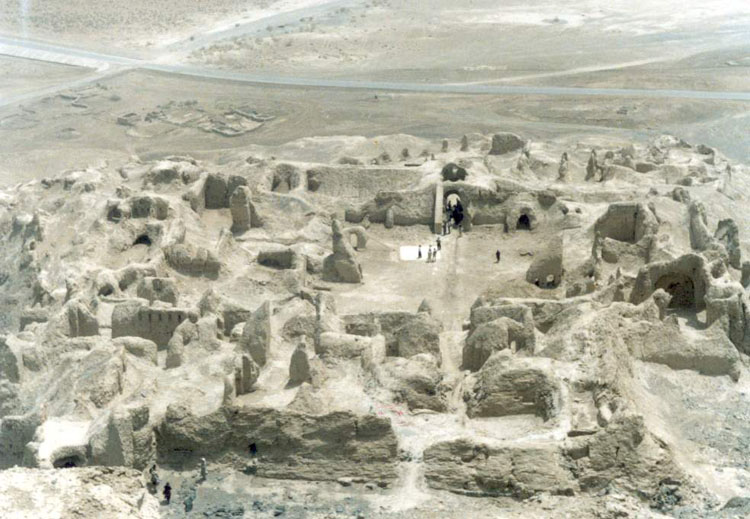
Valuable and diverse ancient relics from the Paleolithic period to the modern time have been spread out in abundance all over the country, some of which have been registered in the list of the World Heritage, and some are waiting to be registered. These places are exposed to different natural hazards such as overflowing of the rivers and seasonal floods, increasing sea level, destructive and high speed seasonal winds, running sand, earthquakes, etc. The destruction of the historic citadel of Bam by earthquake in 2004 is, so far, the most obvious and well-known example of such huge damage to Iranian historical sites.
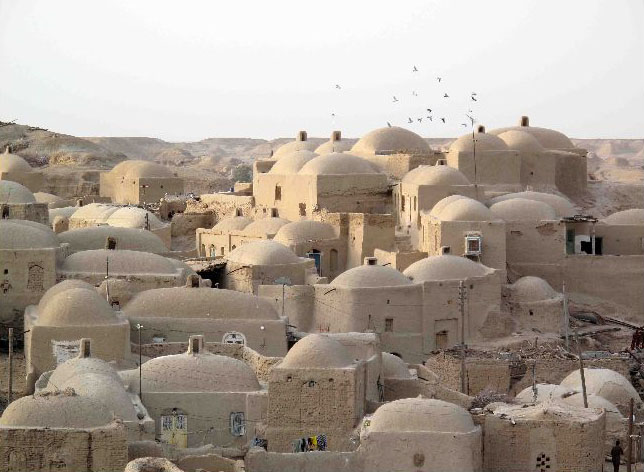
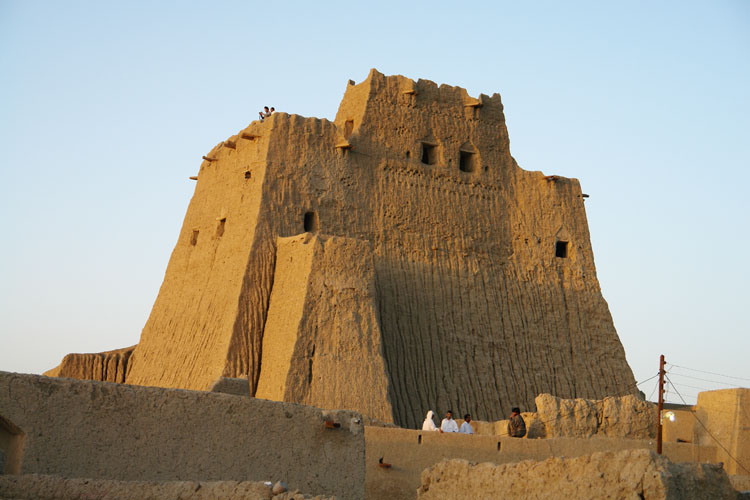
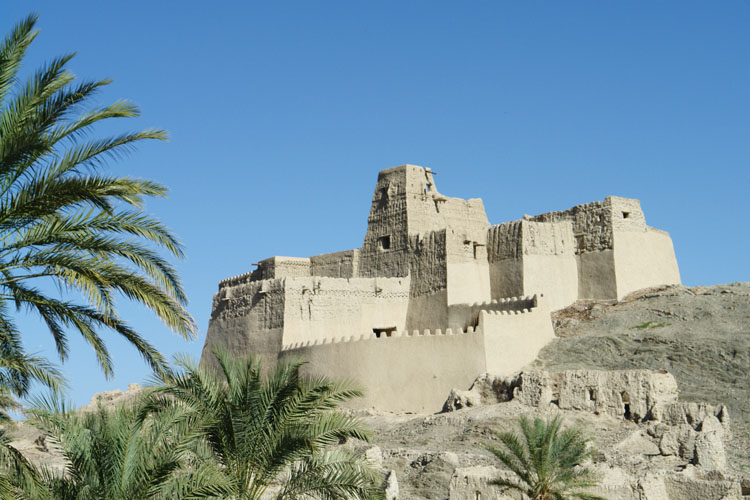
Below are pictures of the “Jalgh Tomb” in Saravan, which was my earth building conservation and preservation project. My research is about Adobe and Mud brick structures in Iranian vernacular architectural.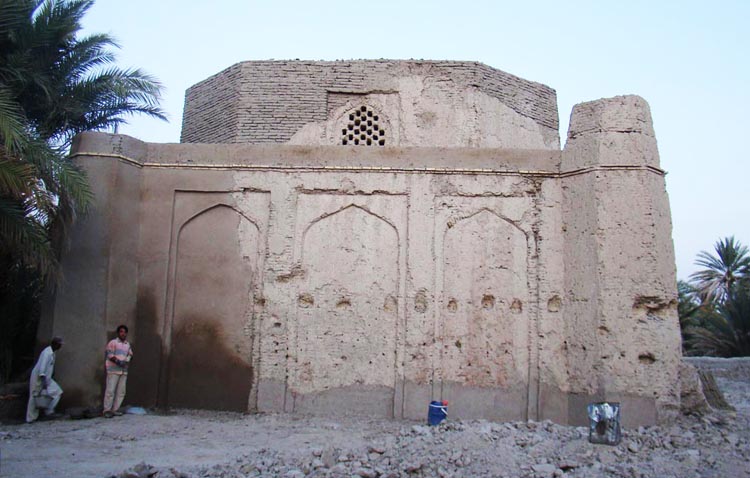
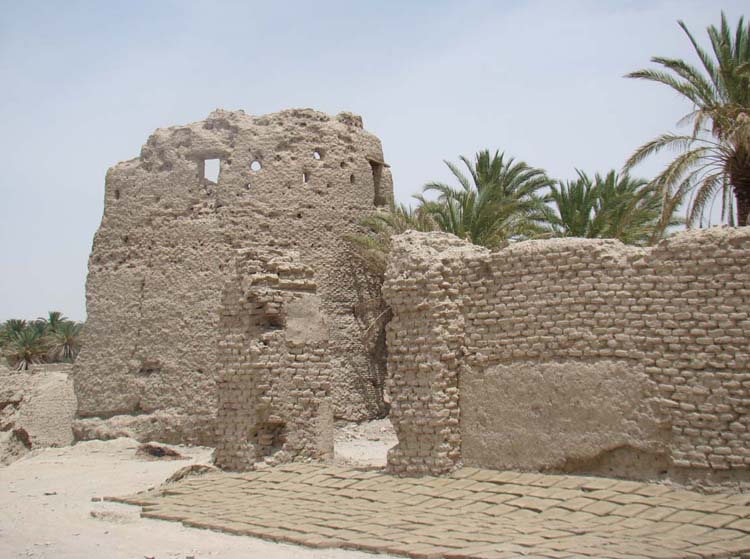
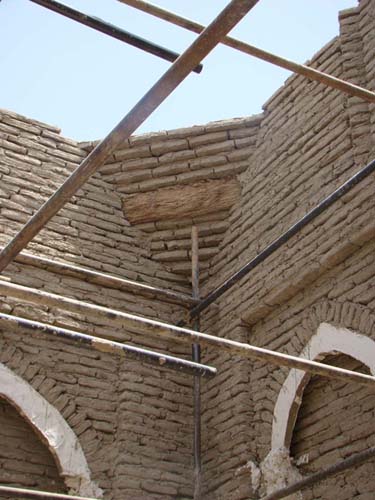
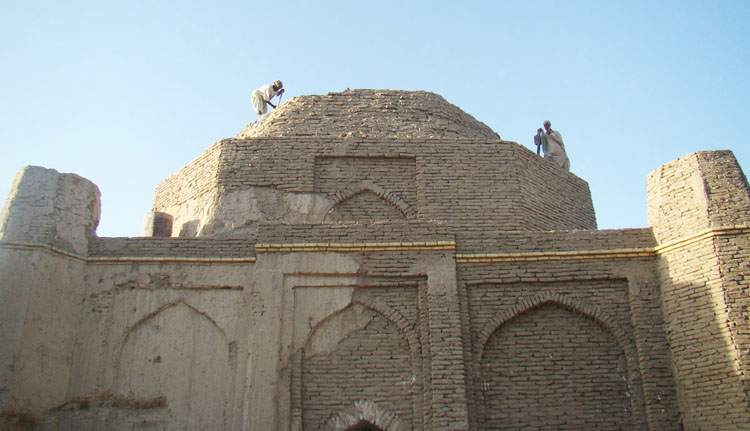

Por favor,Kelly publique mais:Modern Earth House in Iran.Tanto o passado arqitetura da terra como presente é lindo e interessante